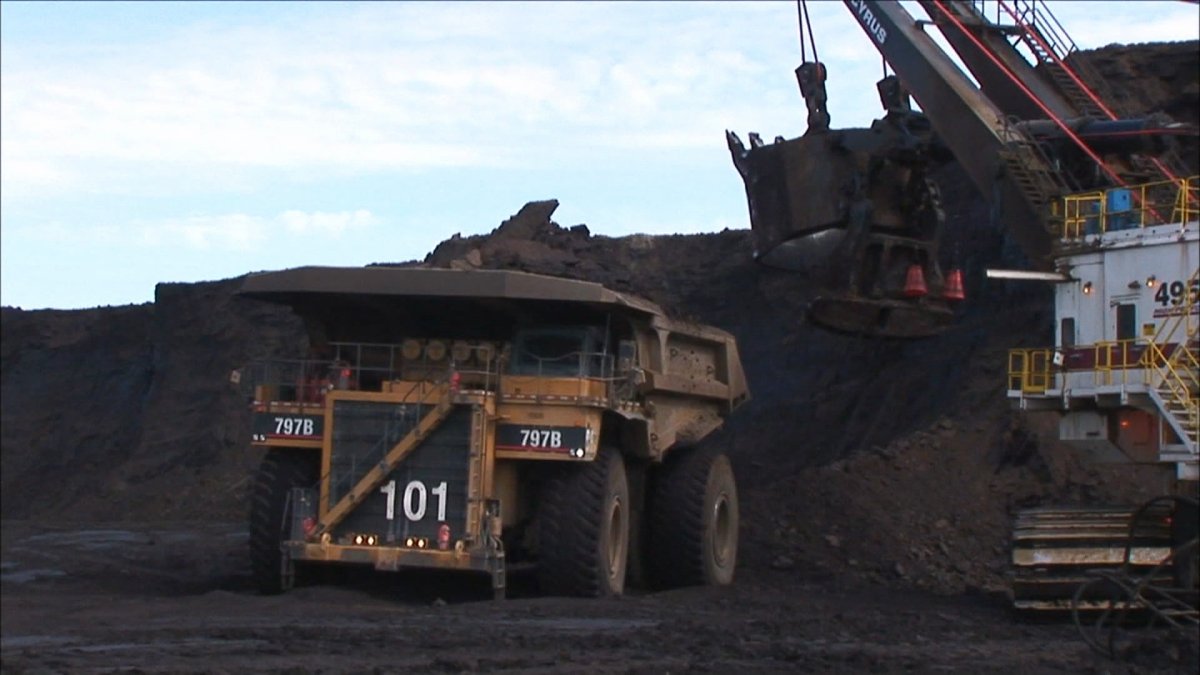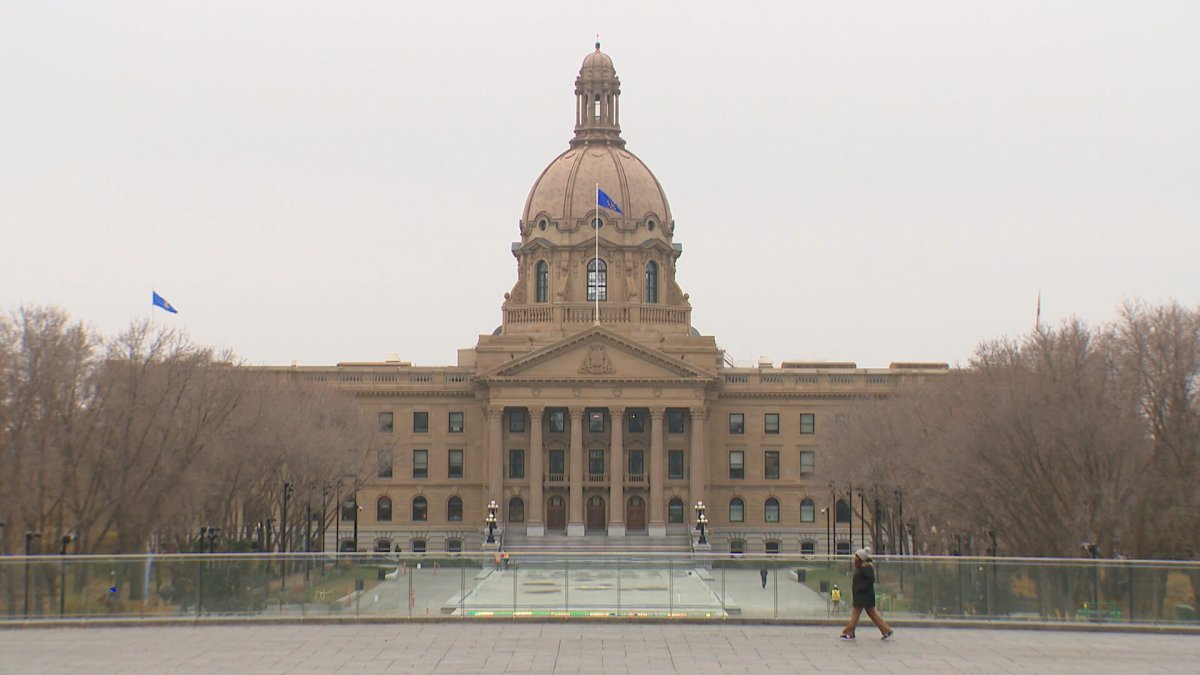Canada’s energy industry faces ‘maelstrom’ of uncertain global economy

Canada’s energy producers will be watching the markets closely in the coming days after a wild week of financial news prompted a steep tumble in the price of oil and energy stocks.

While Canadian drivers are enjoying lower gasoline prices – following the removal of the federal carbon tax – the Global economic uncertainty caused by Donald Trump’s tariffs, combined with a surprise announcement by OPEC to increase production, have also caused oil prices to tumble to their lowest level in four years.
The price of benchmark U.S. crude (WTI) fell below $62 per barrel on Friday, while Western Canada Select (WCS) ended the week at less than $55 per barrel.
Although the price difference between WTI and WCS has narrowed in recent months, Canada’s oil industry and governments that rely on revenue from it are bracing for the possibility of more pain to come.
“In terms of oil price impact, it was really a double whammy last week,” said Kevin Birn, oil industry analyst for S and P Global in Calgary. “You had already increasing concerns about global economic growth, which correlates with oil demand, and you have too much supply – and prices slide.”
“We had the U.S. announce their reciprocal tariffs and the degree and scale of them really, I think, rocked the markets,” added Birn.
“The tariffs just added to surprise and investors hate surprises,” said Richard Masson, an energy analyst with the University of Calgary’s School of Public Policy.
“And of course oil is one of the most liquid things that are traded in the world — and so when investors want to change their risk profile, oil is one of the things they can get in and out of quite easily,” added Masson.

On top of the tariffs came the production increase by OPEC, that Masson said appears to be an effort to crack down on member countries that haven’t been sticking to cartel’s previous production quotas — and also an attempt to squeeze the profitability of oil production in non-OPEC countries — with the longer-term goal of helping OPEC regain more control over the future price of oil.

“There’s a lot going on right now — it’s not just OPEC,” said Masson. “One of the things that we know for sure is if the oil price stays in the low 60s, the amount of drilling that’s going happen, the amount of fracking that’s gonna happen in Texas is gonna drop off — and so production from the U.S. can start to drop in a hurry.”
Canadian energy stocks got slammed in last week’s market meltdown. But Masson predicts the amount of drilling in Canada could also drop off, and that overall, the Canadian energy industry is in good financial shape to weather the economic storm.
“If you think about oil sands producers, natural gas is one of their biggest input costs and it remains (a) relatively low price in Western Canada,” said Masson.
“They have market access, the differential (between WTI and WCS) is narrow, their production is solid — clearly the U.S. wants it, (because) they haven’t put any tariffs on Canadian oil — and so they’re gonna make cash flow, they’ve paid down debt over the last few years — there is no panic,” added Masson.
The big unknown is the impact of Donald Trump’s tariff war on Global economic growth.
“How much will these trade wars and pending trade wars chip away from expected growth, which means the oil demand will be softer and that’ll have even more downward pressure on the oil price,” said Birn.
“We’re right in the middle of the maelstrom,” Birn said. “Everybody’s trying to get their feet underneath them to understand that — so I think you should expect some jostling around commodity prices through this period.”
While a further decline in oil prices may provide motorists with an even bigger break at the pumps, the government’s of oil producing provinces like Alberta and Saskatchewan will also be watching the price of oil closely.
In Alberta, the 2025-26 provincial budget — which is already forecasting a $5.2 billion deficit — predicts oil to hover around US$68 per barrel (WTI) this year. The province estimates every $1 drop in that price means a $750 million hit to the provincial treasury.

globalnews






